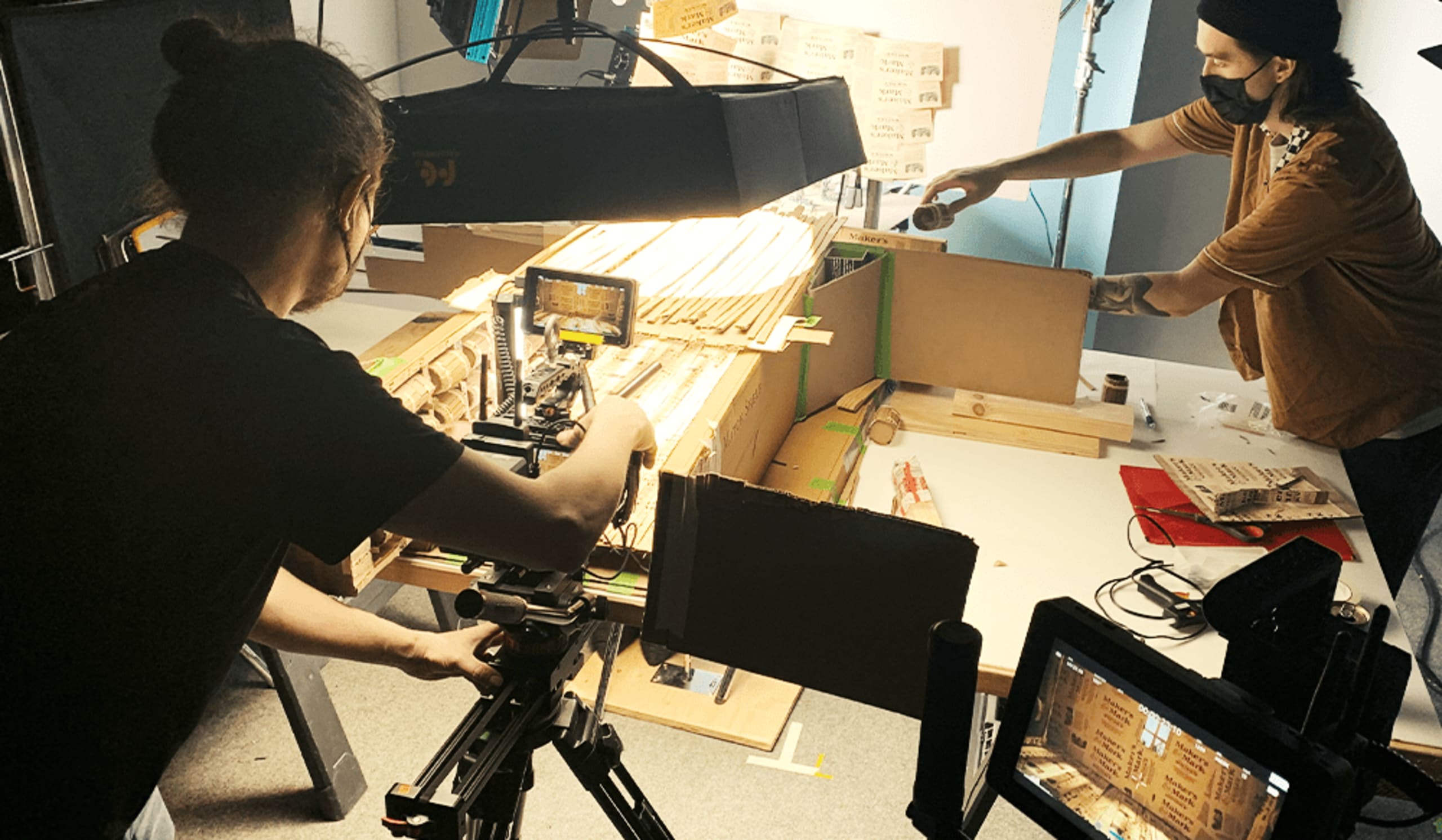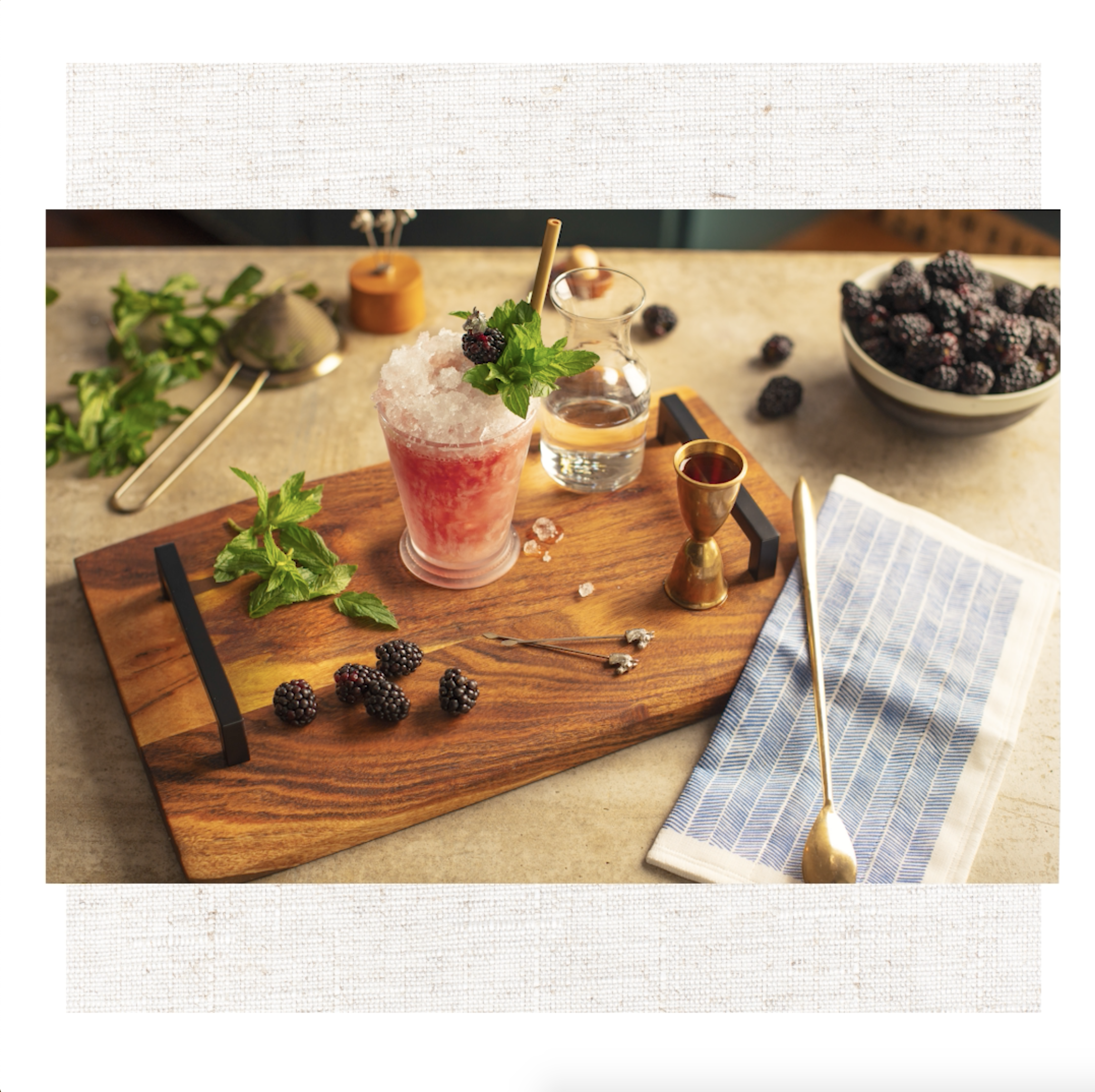
Making the impossible a daily deliverable in video production
“You can have it fast, cheap or good. Pick two.” This familiar expression has been kicked around by the video production community for decades to explain the obvious confines of budgets and production timelines. While you can have it either cheap and fast, cheap and good, or good and fast, you can’t have all three at the same time. In many instances, the cheap-and-good option has always felt a bit like an oxymoron – at least in a traditional sense of the expression. In the last five years, with video production quite literally at everyone’s fingertips, it seems having things fast, cheap and good can finally happen. Not only is it an option, but it is also expected.

What’s driving this change? You’re holding it in your hand.
While not all creative is executed equally, social media continues to change how brands, audiences and production interact. There are a growing host of platforms that allow brands to reach consumers with content at either no expense or for a fraction of the media dollars that have traditionally been allocated for TV, print or out-of-home. The catch? Social media is a bit like the fast food of media. It’s open 24 hours, needs to be ready in an instant and is usually discarded as quickly as it’s consumed. However, if the content is good, people will come back for more. Thus, fast, cheap AND good can now coexist in the same world. Furthermore, it is something clients have come to expect.
The biggest reason this new ecosystem exists is because creative doesn’t necessarily have to work as hard. Yes, it still must be smart and pretty and have purpose, but it doesn’t need to cost a fortune or go through rounds and rounds of testing. That’s because there usually isn’t enough time for that. Not just because a trend is on its way out, but because people expect new content regularly, unlike a TV or radio spot they’ve memorized to the point of finishing the characters’ sentences. It’s all about the scroll, and people expect something new every time they engage. Most people grab their phones the moment they wake up to turn off their alarms and never put them down. Phones are a source of news and entertainment, so what brand wouldn’t want a spot on the front page as much as possible?
Losing bulk, gaining speed.
So, how has video production adapted to keep up? Aside from shifting to the obvious feed-the-machine mindset, a lot of it is changing how you think about advertising production. Oddly enough, the silver lining in this whole COVID-19 pandemic is that it was kind of like a production intervention. A lot of the clunky processes that a more traditional producer like myself was slowly weaning away from had to be given up cold turkey to keep up with the future of video production. CDC protocol forced us to assess and separate the nice-to-haves from the need-to-haves and learn to run at our leanest. For sake of embellishment, let’s compare it to converting the family station wagon into a Prohibition-era rumrunner. Toss out the extra passenger seats, gut the radio and A/C and shed any heavy steel framing aside from what’s keeping the car intact.
The goal is to be fast and nimble, so building a smaller in-house crew of key players makes it easier to assemble and move as a unit. What used to be an eight- to 10-person crew is now a four-person crew taking on multiple hybrid production roles. Even the equipment required is leaner. Camera kits can be carried on your back, and LED lights are lightweight – and battery powered. What used to require a box truck to haul can now be packed into the trunk of a sedan. Postproduction has changed as well. Editors work with more mediums than before. Motion graphics artists and animators also edit long-form narratives and work in sound design, color correction and 3D modeling. This condensing of production roles and production gear not only allows us to move faster but also keeps overhead low and output high.

And, action.
In the end, expediency and high-volume output are great, but only if the process is well thought out and well executed. After all, you can’t rush excellence, and you can’t cut corners. You can, however, more strategically identify your goals and map out your video production workflow to create exceptional content for your clients. That precision starts at the top and carries all the way through production. Listening to our social strategists and brand teams helps us understand objectives, and conversing with creatives ensures we stay true to the tone of voice – making it possible for concepts to be achieved within a short turnaround time. Having an in-house video production team allows for closer and more consistent communication with all parties. Individual teams can focus on their strong suits, but collectively we share ownership in ensuring the content we deliver is a success for both Doe-Anderson and the brands we touch.
Check out our latest content reel here. Curious for more information on content production? Drop us a line or check out our related services.
)
)